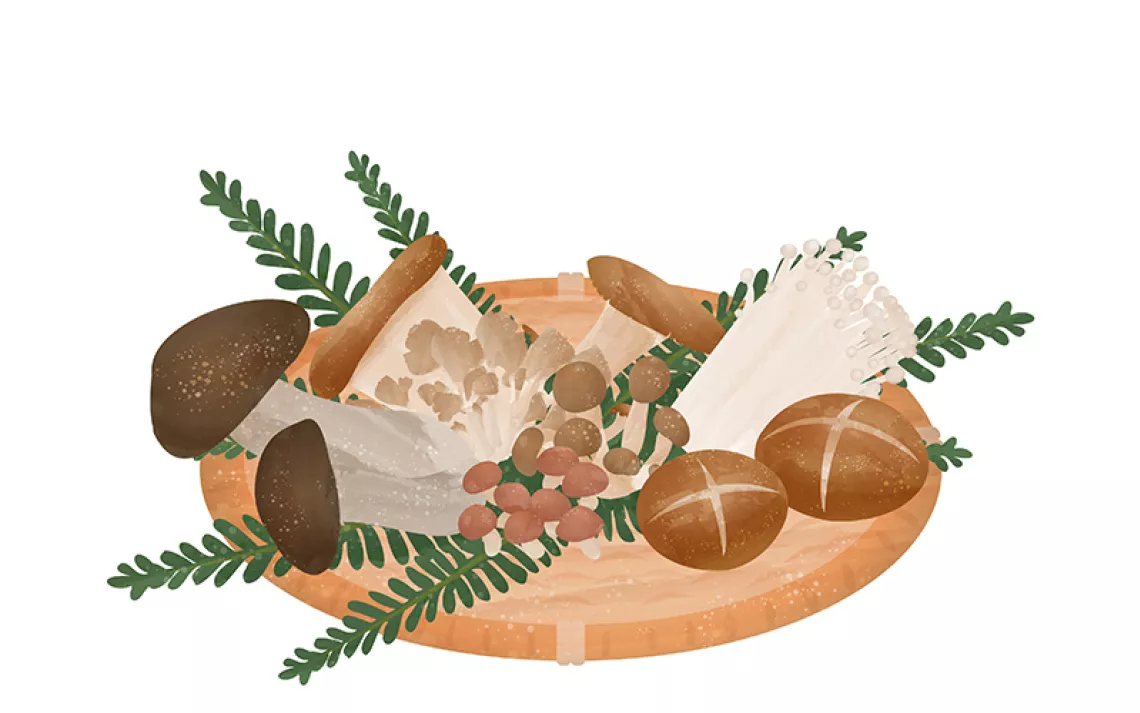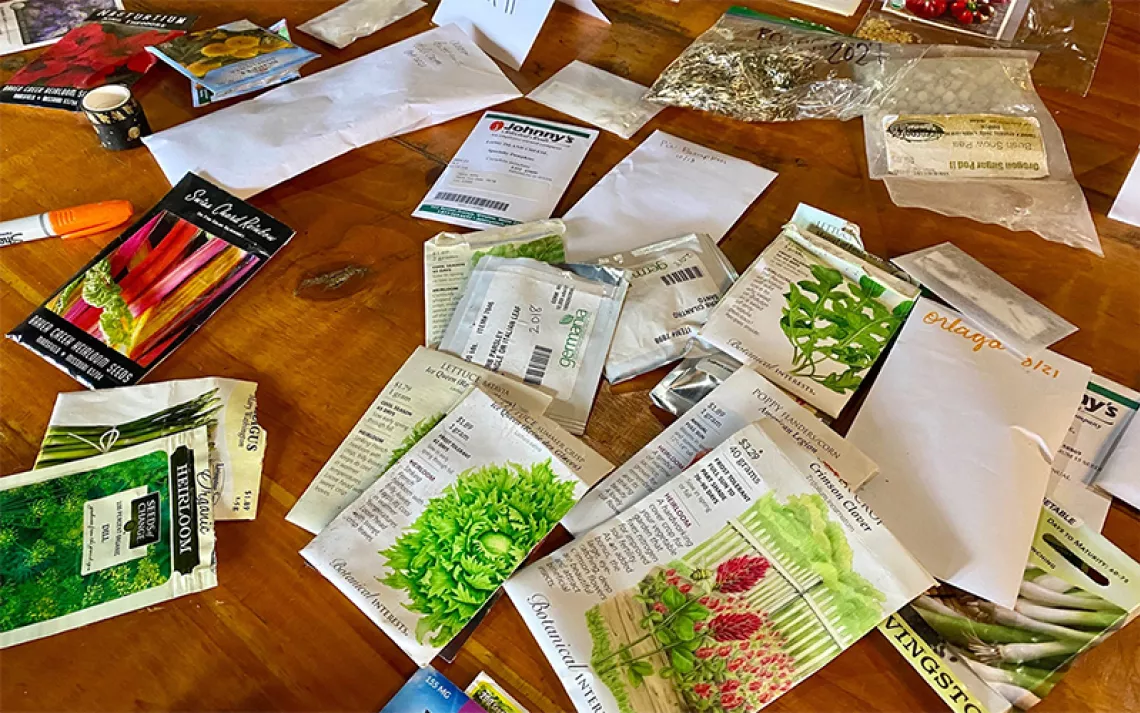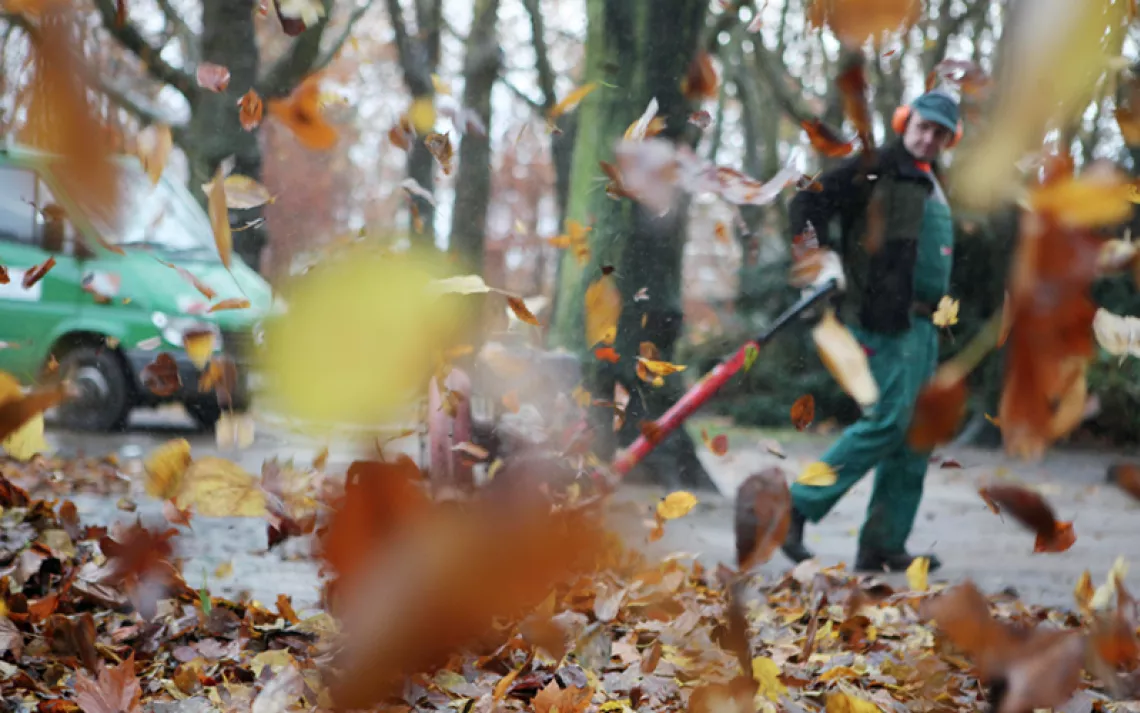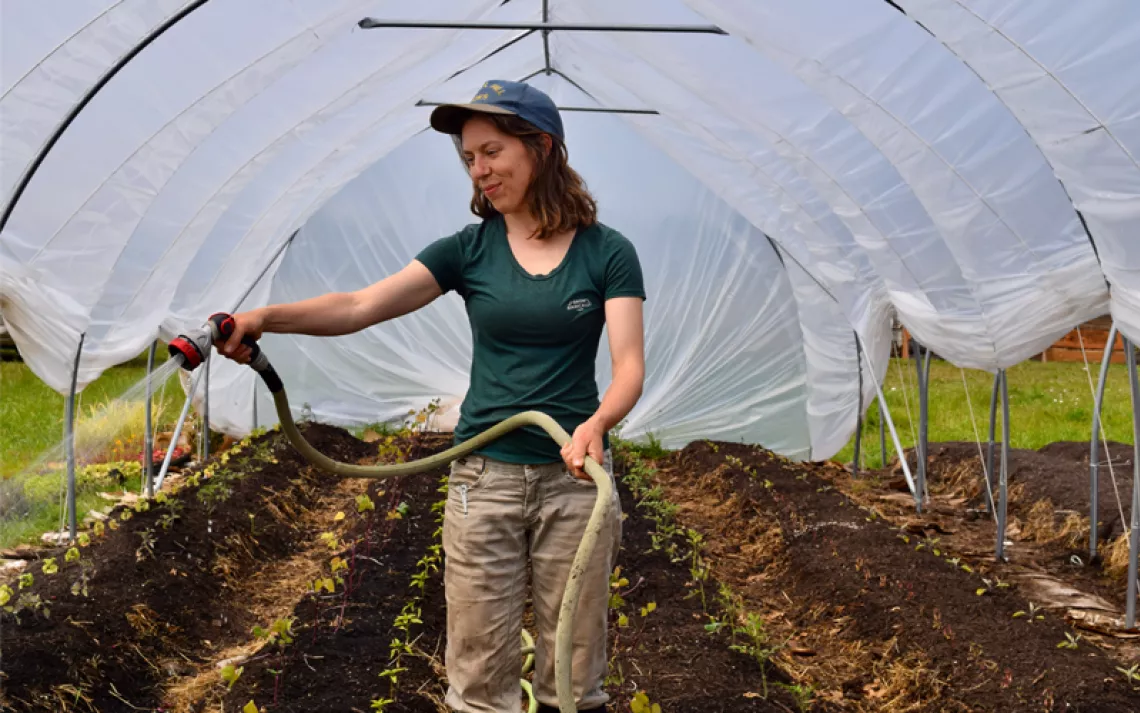Farm to Table? Try Window to Table.
Boost the color and flavor of your home with an indoor garden
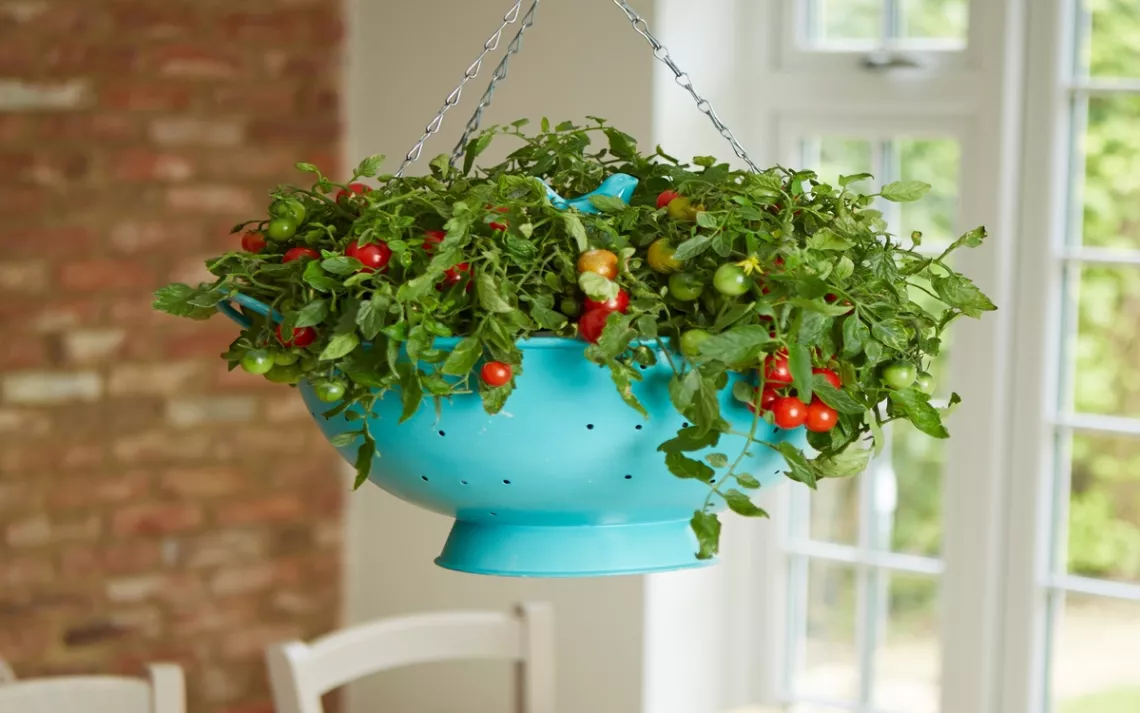
Photo courtesy of DK/Penguin Random House LLC
You don’t need a farm, or even a yard, to grow fruits and vegetables. Whether you live in a cramped space in an urban jungle or a McMansion in the sprawling suburbs, you can tap the interior of your abode to grow produce with the help of Indoor Edible Garden.
Using clear language and beautiful visuals, British author Zia Allaway breaks down into manageable steps the process of growing food inside, starting with planting through to harvesting. “I hope it inspires people to garden,” says Allaway. “It's relaxing for you and in the end you get something to eat for it. A lot of these plants are beautiful besides providing food.”
The book provides how-tos for projects that range in difficulty—from a simple row of potted herbs to crafty edible orchids mounted on bark. Microgreens in cupcake tins is one of the easiest projects, while growing fruit like nectarines and figs poses an interesting challenge even for seasoned gardeners. “Everyone will find something they can do even if you absolutely know nothing about gardening.” She suggests that budding gardeners start with herbs and other level one projects, then progress to harder projects as they build confidence.
Each project includes information about lighting requirements—as with any plant, light is key to growth, and different plants have different preferences. Have a well-lit, warm, sunny windowsill? That’s perfect for edible flowers or fruits. If you’re strapped for light, go for plants that may do better near walls or in dark corners, such as lettuce, mushrooms, or sprouts. The book also lists appropriate soils and container types, taking into consideration factors like drainage, plant size, and soil breathability. Plants in small containers, for example, will need water more frequently.
As an added bonus, the book also offers recipe suggestions like tomato basil soup or stir-fried oyster mushrooms to help you feast on the fruits of your labor.
Allaway’s key takeaway for readers is to approach each plant with an eye toward replicating its natural setting. Difficult citrus plants like orange trees require natural sunlight and cool winter indoor temperatures that mimic their native Mediterranean climate in order for them to fruit. Also remember that with fruits (and cucumbers and eggplants), you’ll need to take on the added challenge of playing bee and pollinate each individual flower with a paintbrush.
While conducting research for her book, Allaway was most surprised by oyster mushrooms. “You could almost see them growing by the day,” she says. A few of her other favorite edible offerings include Cape gooseberries and tomatoes, which she grows from a colander hanging from the ceiling. Projects like these don’t just provide an indoor crop, but also some interior decorating. Hanging herb jars, mini-greenhouse shelves, cucamelons in hanging crates, and centerpiece greens all add to the decor.
Tasty, healthy, and beautiful fare just fingertips away isn’t the only reason to grow food indoors. Gardening, Allaway reminds us, is proven to improve mental and physical health. Planting and fostering a seed is guaranteed to reduce stress and help you detox from the busy screen-filled world. As Allaway notes in her introduction, “Growing your own food is one of the best therapies for a modern lifestyle.”
So sit back, relax, and enjoy Indoor Gardening, perhaps with a cup of tea brewed from homegrown mint leaves?
 The Magazine of The Sierra Club
The Magazine of The Sierra Club
